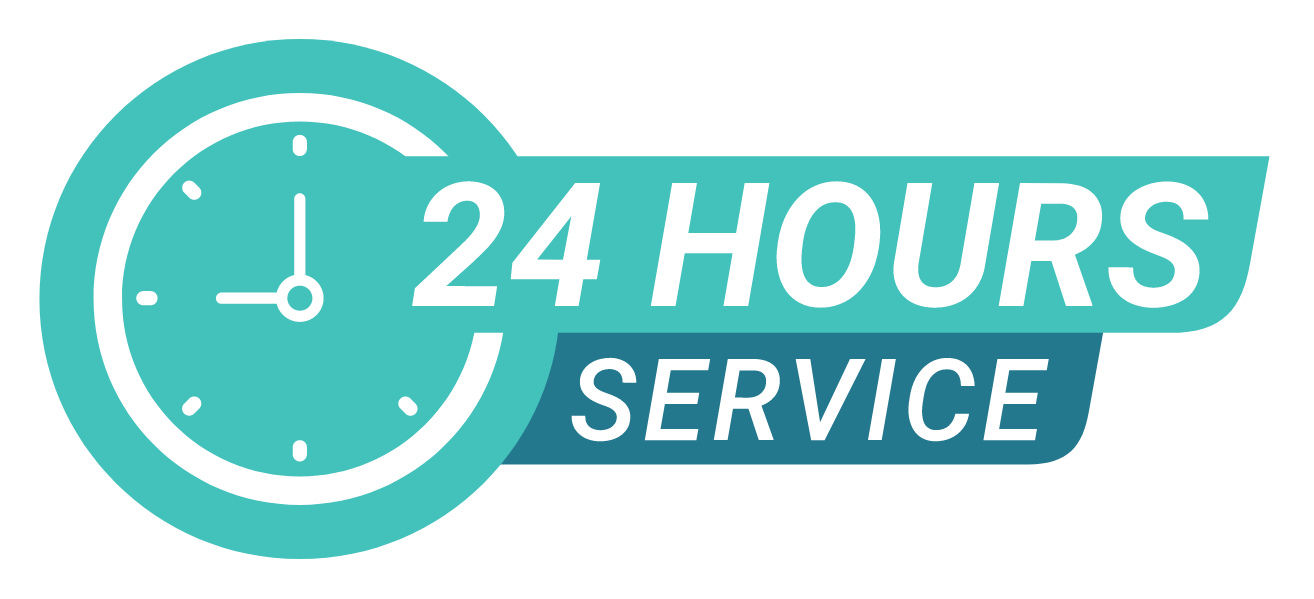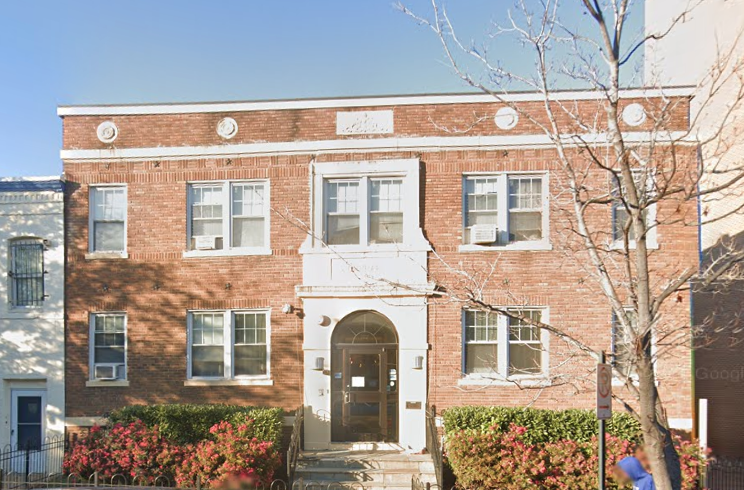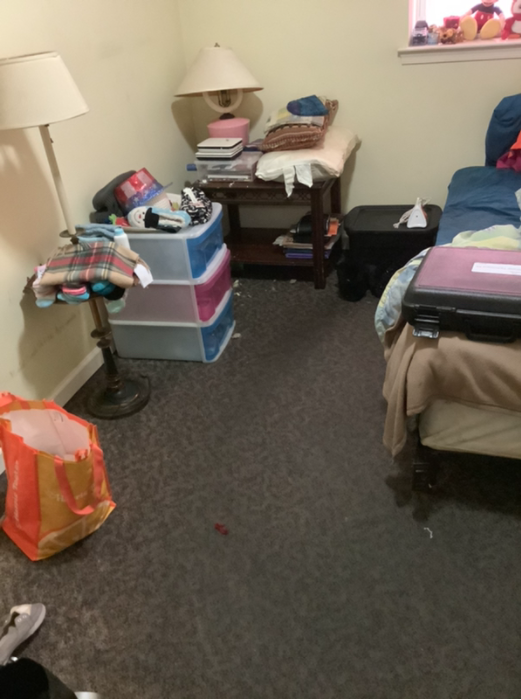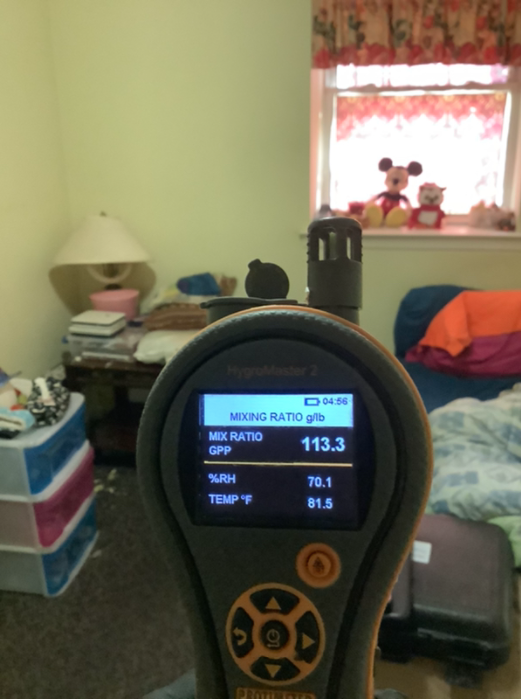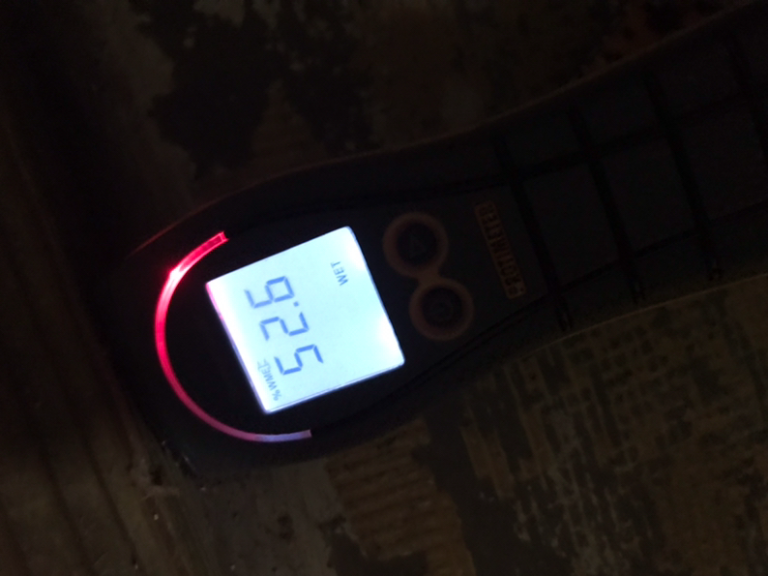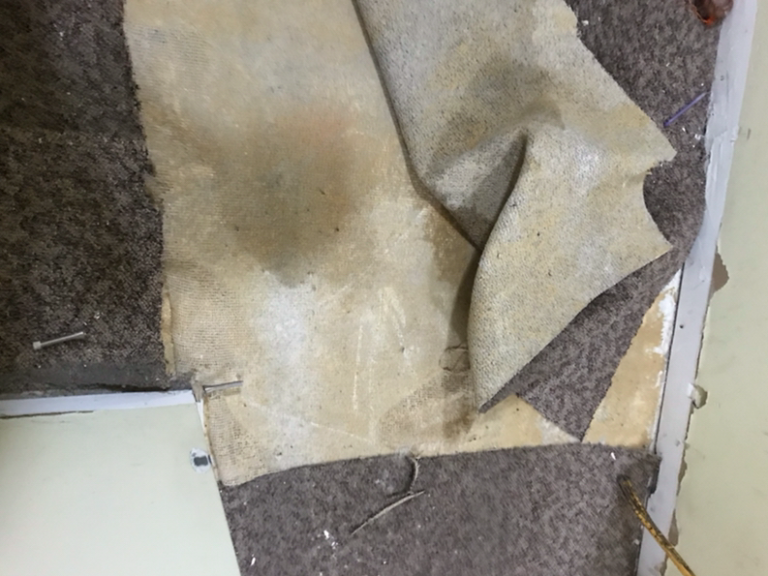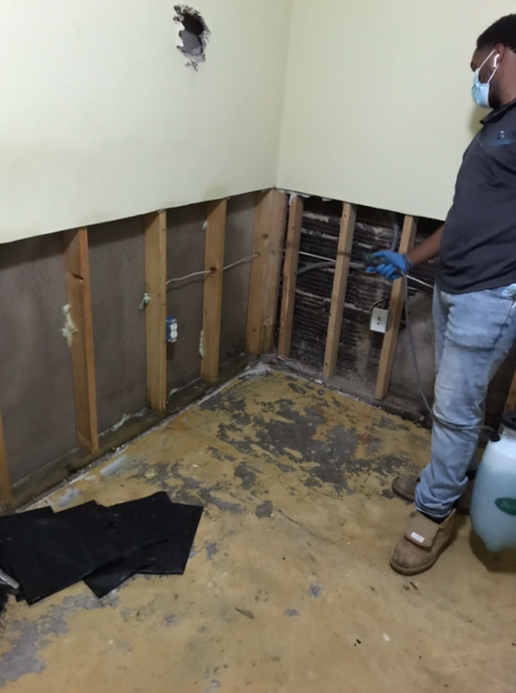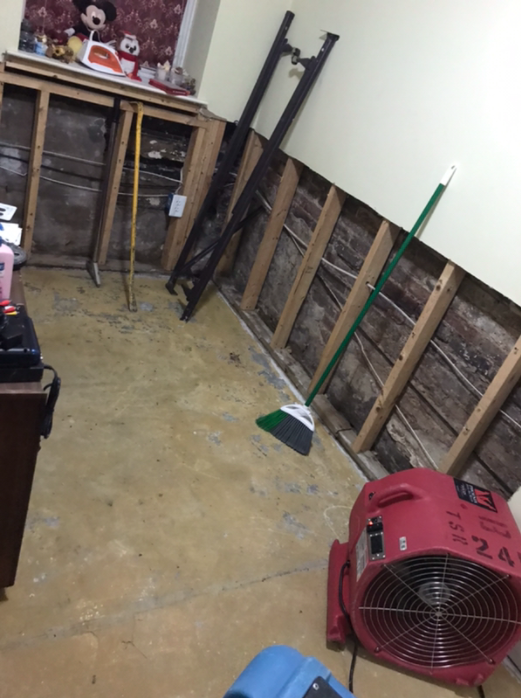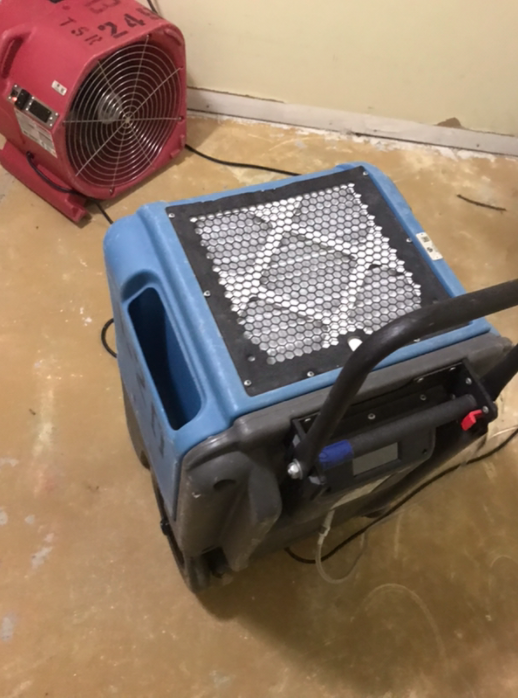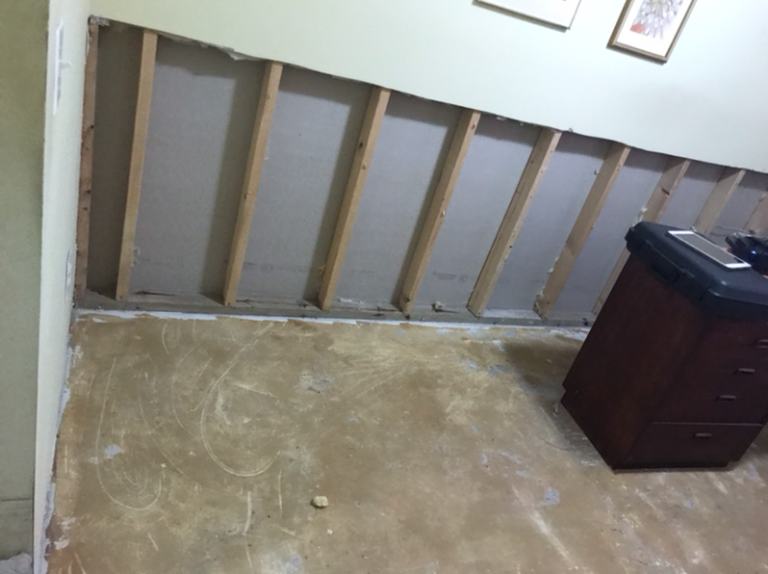Tri State Restorations recently assisted local Washington DC women’s shelter, Open Arms Housing, a local women’s shelter providing stable, supportive housing for women experiencing chronic homelessness in The District, with mitigating an emergency water disaster in their basement utility and bedrooms.
Upon arrival, we were shown the affected areas of the basement which included their electric panels and utilities, including a large boiler. Behind this area was a bedroom of a separate tenant, which was also affected. The bedroom’s carpets, bed and boxspring along with area contents were all saturated. Technicians utilized protimeters (moisture reading device) and FLIR cameras to determine the extent of the damages and the saturation levels of the drywall in both the utility room and adjacent rooms to began planning their drying strategy.
After manipulating and transferring contents to an unaffected area, technicians laid floor protective sheeting down in the unaffected hallway and basement areas to avoid cross contamination. Technicians then began removing baseboards and started the flood cuts on the drywall of the affected walls and removed all saturated insulation. Flood cuts are determined by IICRC Standards and in this instance, we cut 4 feet from the base of the wall to completely remove affected materials and avoid possible mold or microbial growth.
All carpet inside the bedroom area except for the walkway past the closet was taken out. Two axial air blowers, one air scrubber and one dehumidifier were then set to facilitate the drying process. Our team then used an industrial HEPA vacuum to clean unaffected contents and remaining carpeted areas and proceeded to thoroughly clean all areas with antimicrobial and disinfectant.
The installed equipment continued running over the course of several days to complete the drying process. During that time, our team completed daily moisture assessments of both the bedroom and utility areas to test for remaining moisture. Once our readings met the national IICRC standards, we once again cleaned and removed our equipment, leaving behind a room that was primed and ready for reconstruction.
Sharing is caring!



